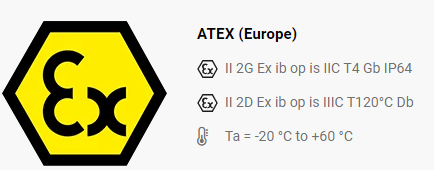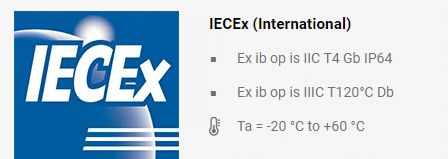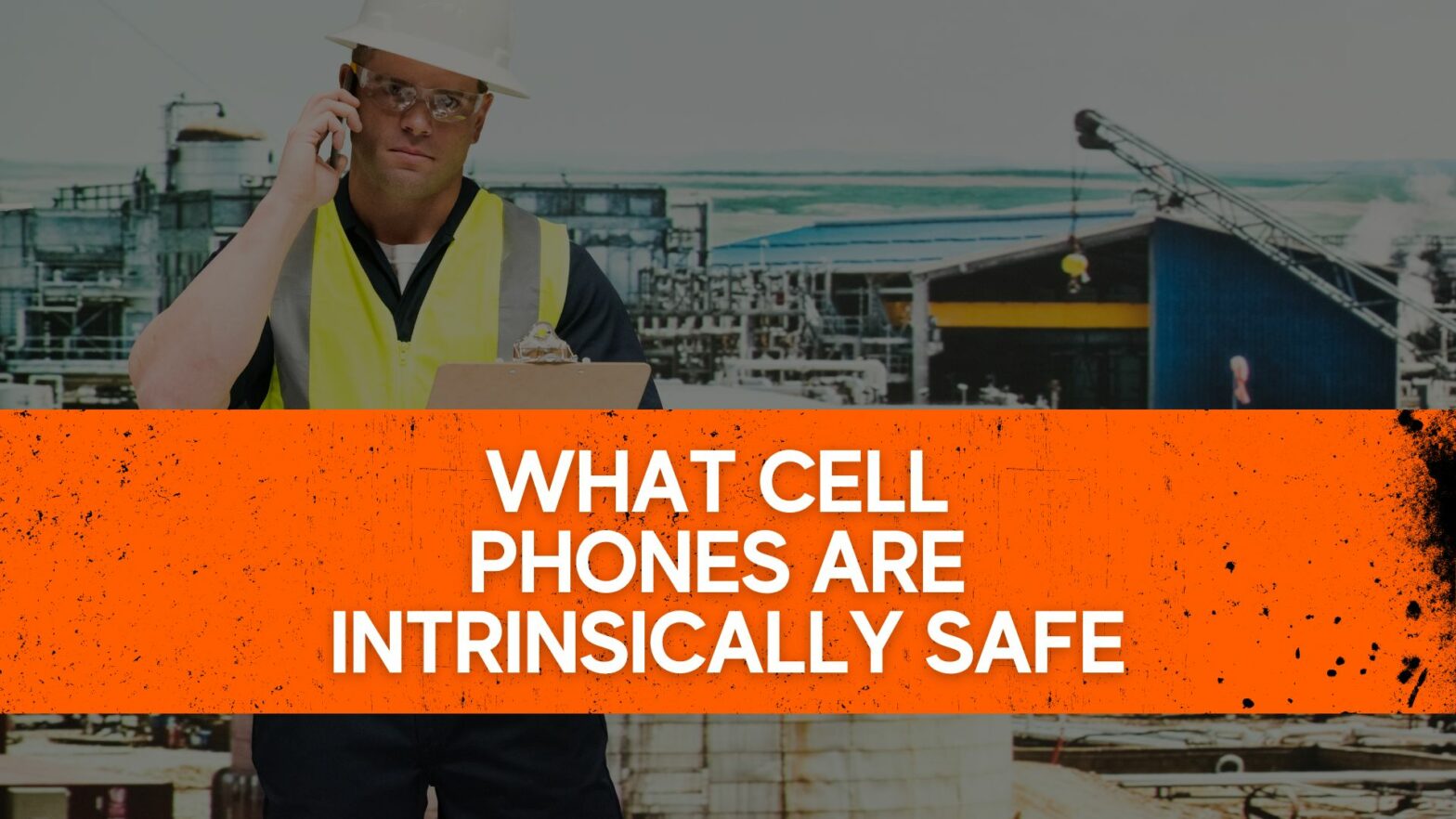
Intrinsically safe cell phones offer safe and reliable mobile communication within a classified or hazardous area. You can stay connected within Class 1 Division 1 classified hazard areas (Zone 1/21, Div. 1, and Zone 2/22). Intrinsically safe mobile phones must meet specific battery design criteria to achieve UL, ATEX directive, or IECEx certification for use in explosive atmospheres.


Only IS-designed battery-operated, self-contained devices can be Intrinsically Safe by themselves. Other field devices and wiring are intrinsically safe only when employed in a properly designed IS system. Moreover, systems are designed and documented according to the standard IEC 60079-25 Intrinsically safe electrical systems, installed according to IEC 60079-14, and inspected and maintained according to IEC 60079-17.
Working in a hazardous environment doesn’t mean you must go without electronics or a communication device. IS phones designs prevent ignition and safety-related concerns in hazard areas. And, the phone operates with an HD Video camera, ergonomic form factor, rugged housings, and scratch-resistant displays that function with wet hands or gloves. Furthermore, the device contains high-performance operating systems and powerful lithium-ion batteries.
Is Intrinsically Safe Certified Equipment More Expensive than Non-certified Versions?
Intrinsically safe equipment is slightly more expensive than noncertified versions. In other words, equipment pricing results from obtaining and maintaining safety certifications. Whereas, on the contrary, most additional or uncommon components arrive at a more inexpensive cost.
Does Intrinsic Safety certification affect the performance of the certified device?
No, the performance is the same as the non-certified with higher reliability. These devices use the same parts as the non-certified device but have designs that limit the energy stored and heat generated in case of an internal fault condition.



























Thank you for sharing insights on intrinsically safe cell phones. Safety always comes first!